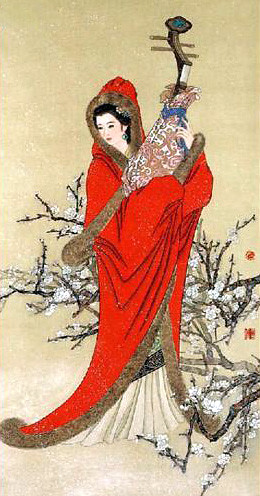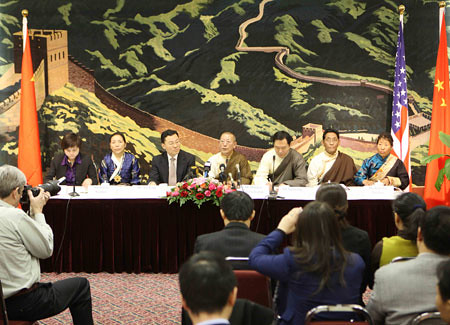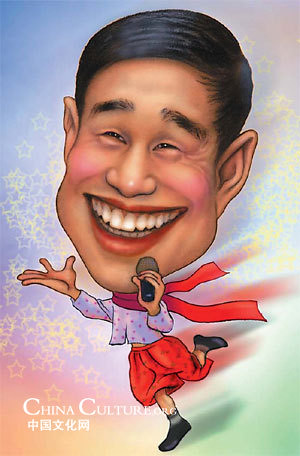| Home > Living in China > Places of interest |
Zhaojun Tomb
 |
Zhaojun Tomb is called the Green Tomb or Demure Wuerhu in Mongolian, which means iron fortress. It's said that each year when the weather gets colder, other grass becomes yellow and withered, while only the grass on this tomb remains green hence the name of Green Tomb. The tomb has been one of eight famous scenes in Hohhot.
Zhaojun Tomb, made of rammed earth, is 33 meters high, occupying an area of 1.3 hectare. In front of the tomb stand bronze statues of Wang Zhaojun and her husband, leader of the Mongolia ethnic group in Han Dynasty riding on galloping horses and a stone inscription written by DongBiwu. In the backyard, there is a display of tablet inscriptions on Zhaojun Tomb since the Qing Dynasty. The tomb is surrounded by green grasses and towering ancient trees. Standing on the top of the tomb, you can obtain a fabulous view of the vast plains and rolling Yinshan Mountains undulating into the distance.
 |
Wang Zhaojun, also named Qiang, was one of the four well-known beauties in ancient China. She was born in Hubei and selected to imperial palace because of her beauty. In 33 BC, Huhanye ChanYu, the emperor of Xiongnu, an nomadic ethnic group in the north, came to the Han imperial court and ask to be allowed to become an imperial son-in-law to express his willingness to have friendly relations with Han. Zhaojun then married herself off to the grasslands of her own free will. In Xiongnu, she was granted as Ning Huqueshi, the queen in Mongolian. During her life in Xiongnu, she lived in yurt, wore blankets and furs, and drank milk, showing her respect for local customs. Besides, she also made great contributions to remain the good relations between Han and the Xiongnu group, and won the respect of local people. In order to commemorate her, the local people built the tomb after her death.

Art
 more
moreLiving Buddha: Tibetan culture
The Tibetan delegation of the National People's

Chinese Traditional Art----
Papercuts refer to handicrafts made by cuttingpaperwith
Funny...ha-ha or peculiar?
Every culture has its own sense of humor.

Customs
 more
more



 print
print  email
email  Favorite
Favorite  Transtlate
Transtlate 
